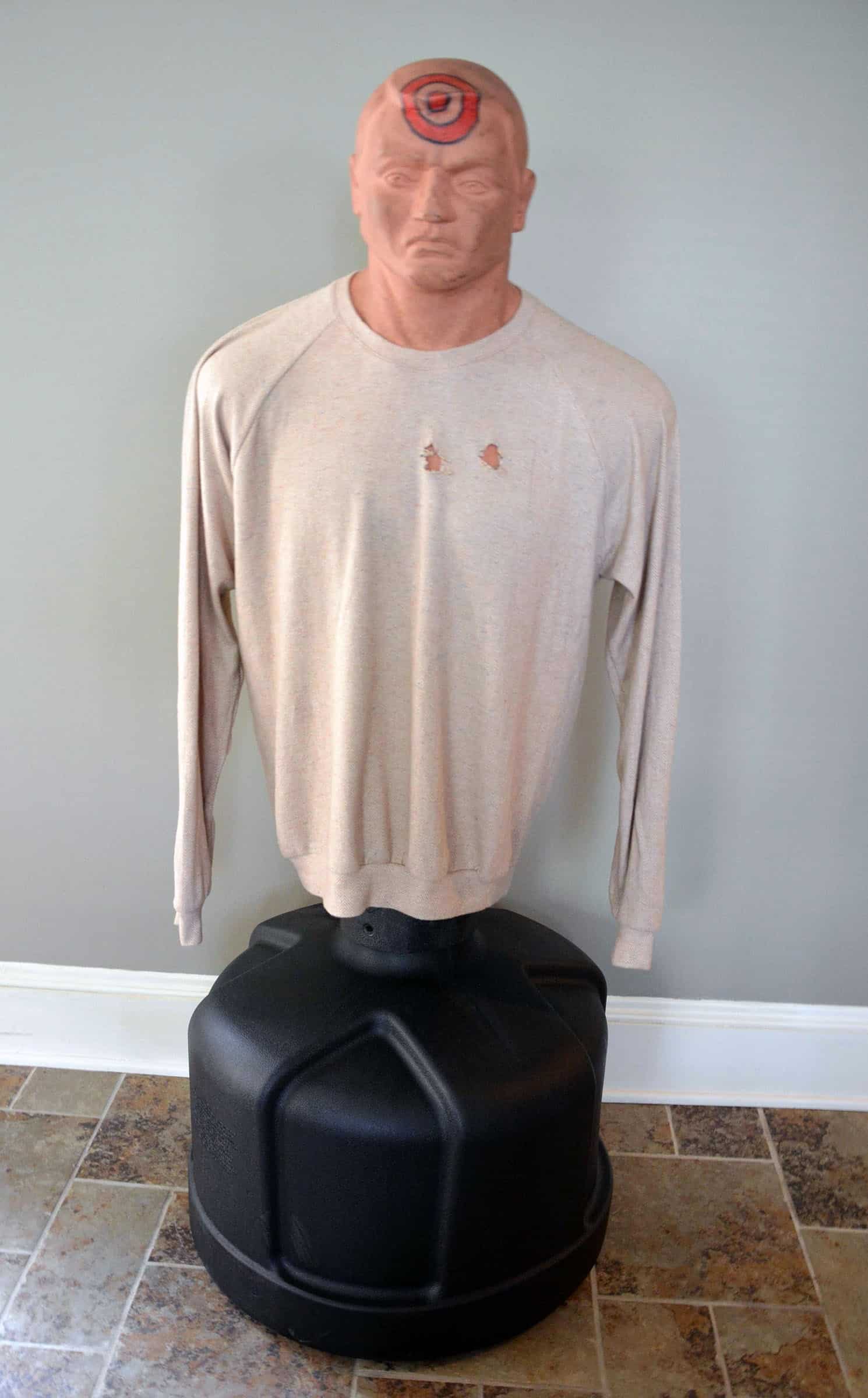 Photos: OMSI
Photos: OMSI
Footprints, splatter patterns and the powers of observation mark the journey through ‘The International Exhibition of Sherlock Holmes’ at The Oregon Museum of Science and Industry (OMSI).
This interactive experience – which is running at OMSI before touring internationally – combines science with history and culture to bring to life the historic underpinnings of author Sir Arthur Conan Doyle’s rich and vibrant stories.
Museum visitors will learn how Conan Doyle’s character was a scientific expert ahead of his time who used seemingly trivial observations to solve some mysterious crimes. His practices and techniques changed the way police work was conducted.
The exhibition features original manuscripts and period artifacts, investigative tools influenced and used by Holmes, and interactive crime-solving opportunities. Guests will be transported into Sherlock Holmes’ London to solve a crime in a world filled with innovation and experimentation – and just receiving its introduction to his ground-breaking methods.
The exhibition was developed by Exhibits Development Group and Geoffrey M. Curley + Associates in collaboration with the Conan Doyle Estate Limited, the Oregon Museum of Science and Industry, and the Museum of London.
“The Conan Doyle Estate can’t remember an undertaking as involved and exciting as this one,” said the Estate’s U.S. representative Jon Lellenberg. “Museum visitors will experience the scientific and literary ideas that inspired Sir Arthur Conan Doyle to create Sherlock Holmes.”

The galleries in the exhibition include:
Dr Conan Doyle’s Study: Conan Doyle was a curious and tireless investigator his entire life. Visitors discover his world first as a medical student at Edinburgh University, then as an apprentice at Royal Surgeons’ Hall, next as a practicing physician in Southsea, Portsmouth, and finally as a creator of literary genius who moved to London in the early 1890s. Original manuscripts, letters, and illustrations are on display.
Science and History: Holmes solved mysteries using observation and solid scientific experimentation, something that real-world detectives had not fully embraced at the time. Visitors participate in experiments of their own by exploring the developments in science and technology in the 1890s – developments that are still highly relevant today. Supported by forensics expert and crime historian EJ Wagner, author of The Science of Sherlock Holmes, the exhibition digs into real forensic studies in order to demonstrate the link between the Sherlock Holmes stories and today’s detective science.
Sherlock Holmes in Baker Street: Guests visit a recreation of Holmes’ sitting room at 221B Baker Street, London – a room that looms large in popular imagination ever since the first Holmes tale, A Study in Scarlet, hit the shelves in 1887.

Culture of Sherlock: Pop culture enthusiasts will enjoy the exhibition’s final gallery, housing a robust collection of all things ‘Sherlockian’, ranging from vintage Sherlock Holmes-themed card games, comics and magazines, to radio scripts and movie and television show props and costumes. Featured are props from the Warner Bros’ current Sherlock Holmes movies, alongside costumes, props and behind-the-scenes tools from the hit CBS television shows Elementary and the BBC’s Sherlock.
Portland’s stylish Governor Hotel is getting in the mood with a special ‘Elementary, My Dear’ package for travellers who are heading to the city to see the exhibition.
The package includes exhibition admission for two, an authentic Deerstalker hat, a commemorative exhibition chocolate bar, $20 food and beverage credit at Jake¹s Grill at the Governor Hotel, and a notebook for recording keen observations.


